- Telephone
- Email

Kuranda Koala Gardens is your chance to meet some of Australia’s cutest and most colourful critters. Our open plan allows you to meet, pat and hand feed tame kangaroos, pademelons and wallabies. We also have a collection of lizards, dragons and monitors, all of which are unique to Australia. Camouflage is their key to survival, so take your time and try to find them amongst the trees, leaves and waterways.
Our resident population of Freshwater Crocodiles can be found lounging around the man-made lagoon, often soaking up the sun on the banks. You see them from above, thanks to our elevated bridge walkway. While many of the rainforest’s cutest residents, like the Squirrel and Mahogany Gliders, are only active at night, you can see what they get up to at our Nocturnal Wonders exhibit,which is also home to the first Bilbies in North Queensland, some Bettongs and Bandicoots.
Open all day with Nocturnal Presentations at 10:30am. In the afternoon, enjoy our marsupial presentation at 2.00pm. Meet our Wildlife Keeper for a talk on Australian marsupials including wombats, kangaroos, wallabies and quokkas.
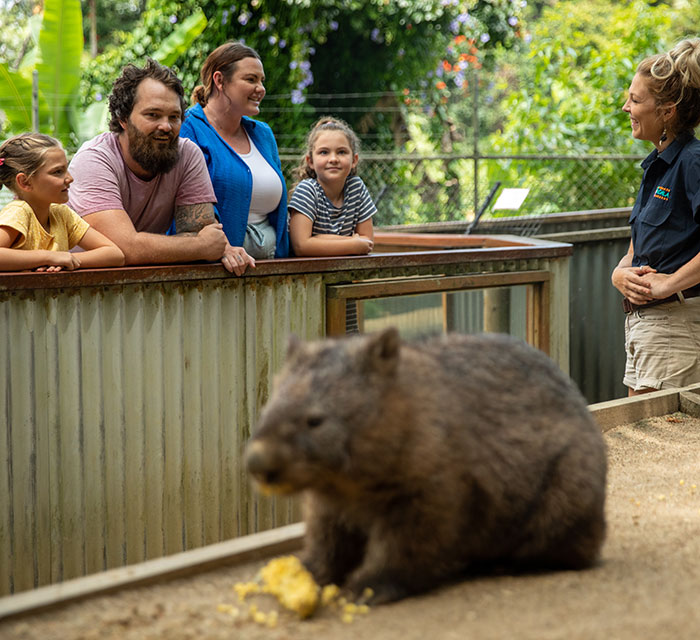
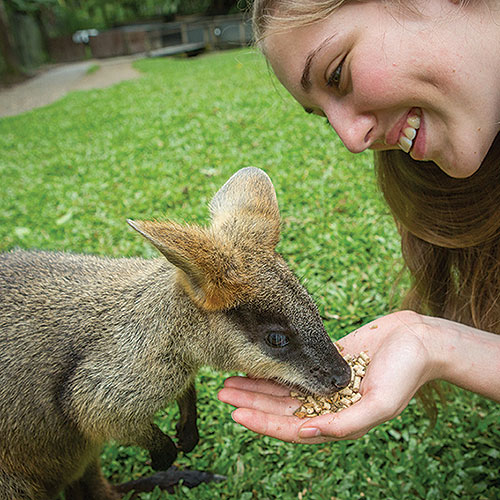
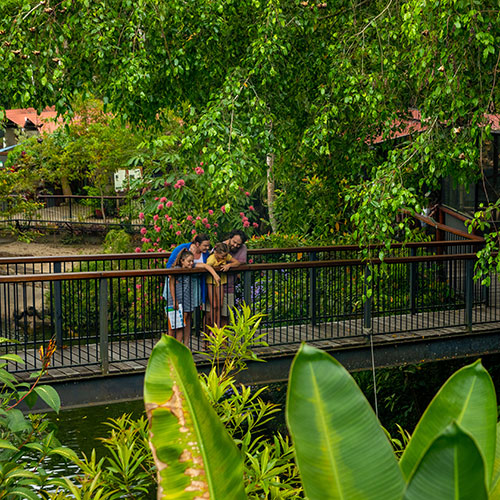
A boutique wildlife attraction, showcasing some of Australia’s amazing, native animals. Koalas, quokkas, wallabies, wombats, lizards, freshwater crocodiles, possums, gliders, kangaroos and more. One of the few places where you can pat a Koala for a souvenir photo (extra cost, conditions apply and limited availability). This is available for individuals, couples and families (2-5 people per photo). Family Rate $55 (2 Adults and 2 Children).

Two great wildlife attractions, Kuranda Koala Gardens and Birdworld Kuranda, as a package. Birdworld is home to over 60 rare and spectacular bird species from the rainforests of Australia and around the globe. Hand-feed parrots, admire a cassowary, waterbirds and more. Family Rate $97.50 (2 Adults and 2 Children).
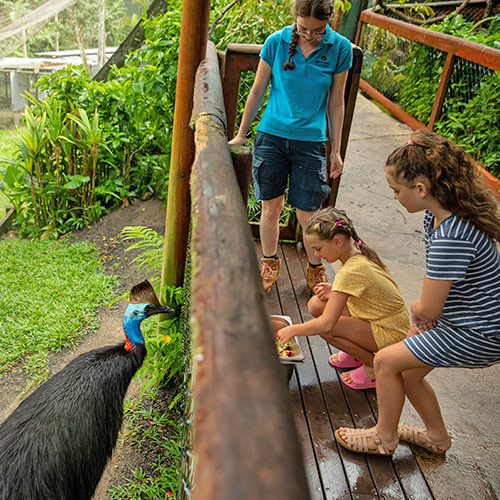
A VIP package where guests get to spend some exclusive, small group time, with our keepers at Kuranda Koala Gardens and Birdworld Kuranda. Highlights include hand feeding an endangered cassowary and parrots, meeting a wombat, a koala encounter photo and more. Max 6 guests. Min 2. Must be booked by 1pm the day prior.
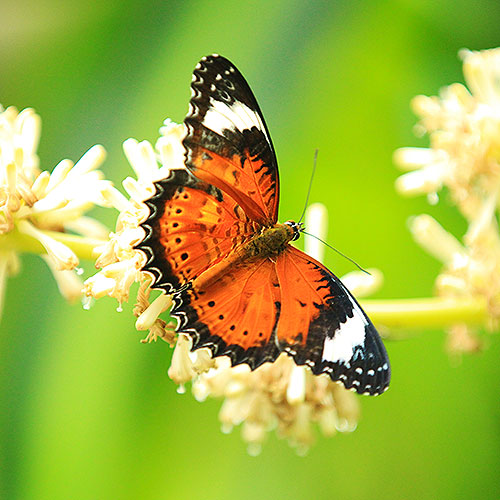
3 wildlife attractions for 1 great price. Kuranda Koala Gardens. Birdworld Kuranda. The Australian Butterfly Sanctuary, which is home to more than 1,500 superb tropical butterflies including the spectacular Ulysses. Free flying habitat. Purchase your package at Kuranda Koala Gardens. Family Rate $157.50 (2 Adults and 2 Children).
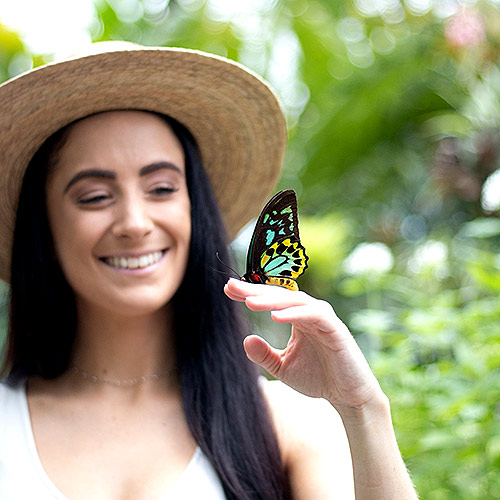
This package includes entry to Kuranda Koala Gardens and the Australian Butterfly Sanctuary. Two boutique wildlife attractions which provide unique opportunities to engage with an array of Australia’s native wildlife. No maximum time, so just enjoy the wildlife that surrounds you. Family Rate $112.50 (2 Adults and 2 Children).
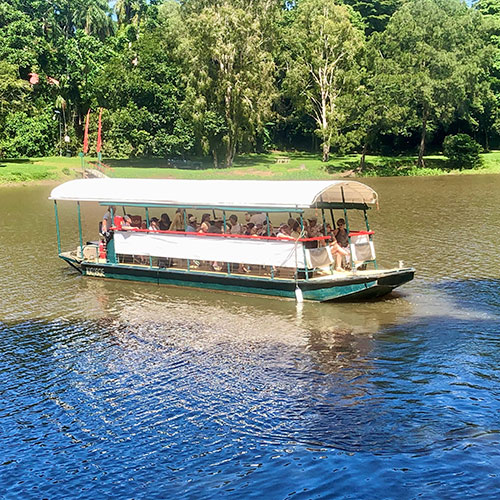
The Kuranda Explorer package includes three iconic Kuranda attractions. Kuranda Koala Gardens. Birdworld Kuranda. Kuranda Riverboat, which runs 45-minute tropical rainforest river cruises, on the mighty Barron River. Bookings essential. Space is limited.
© Kuranda Koala Gardens 2025